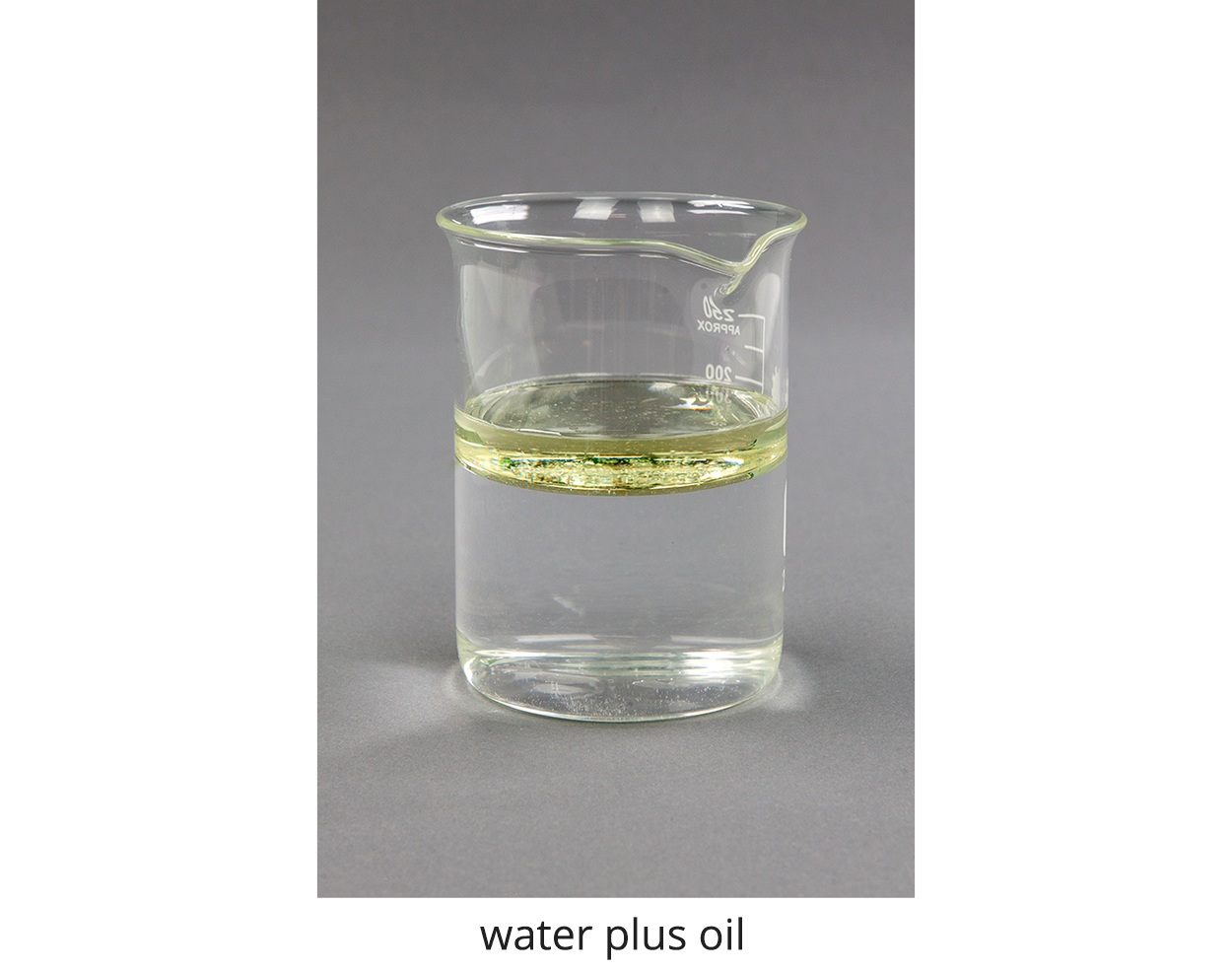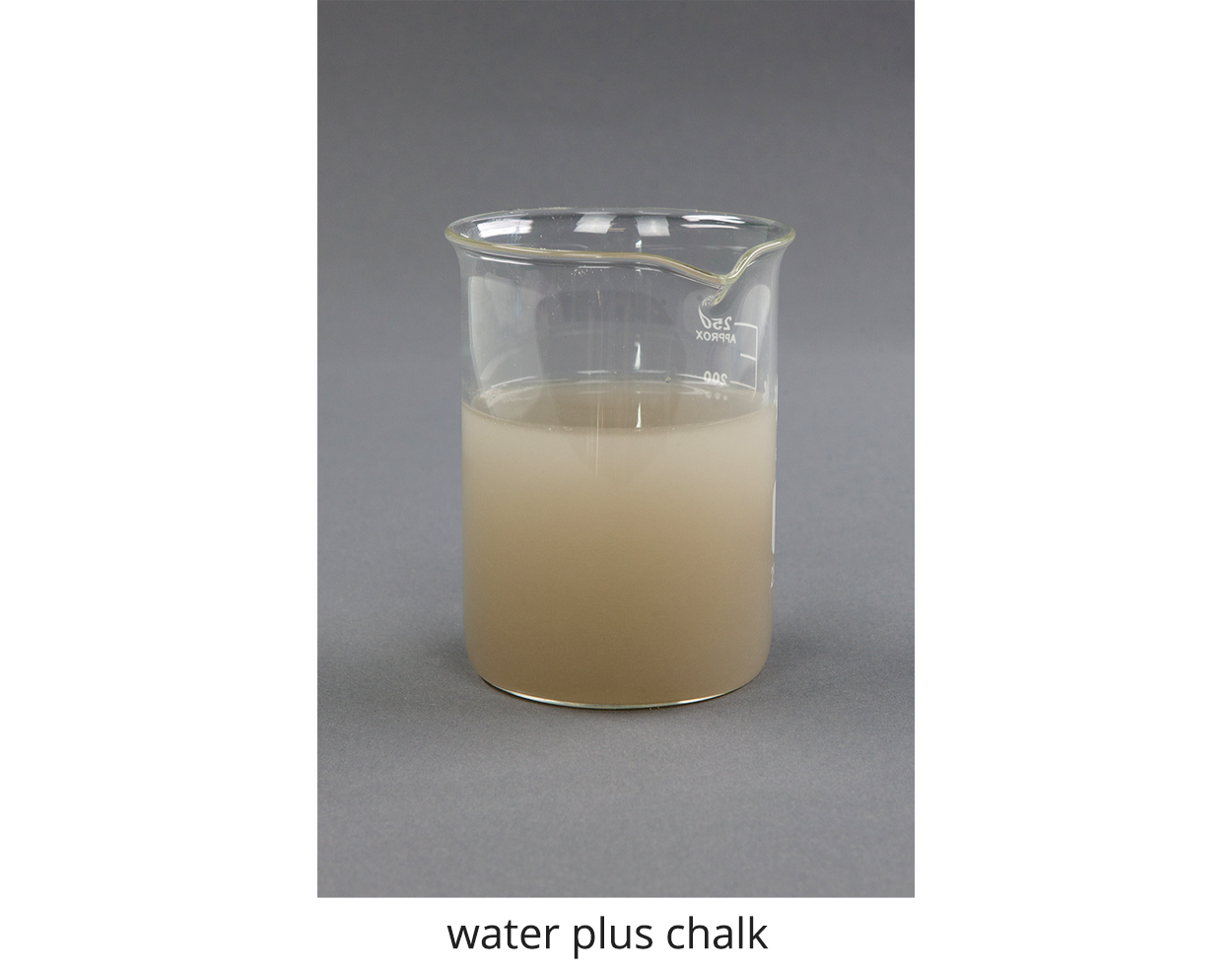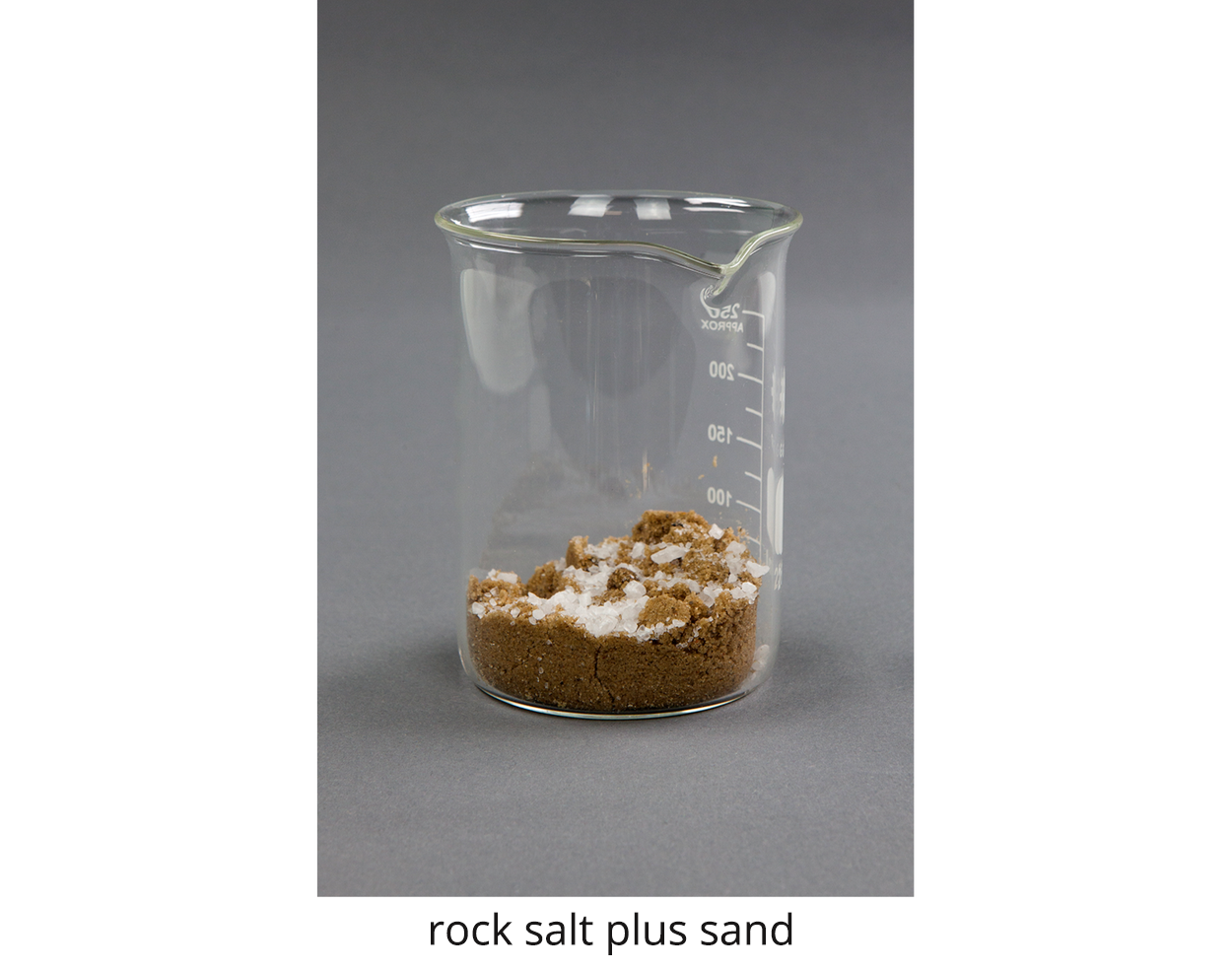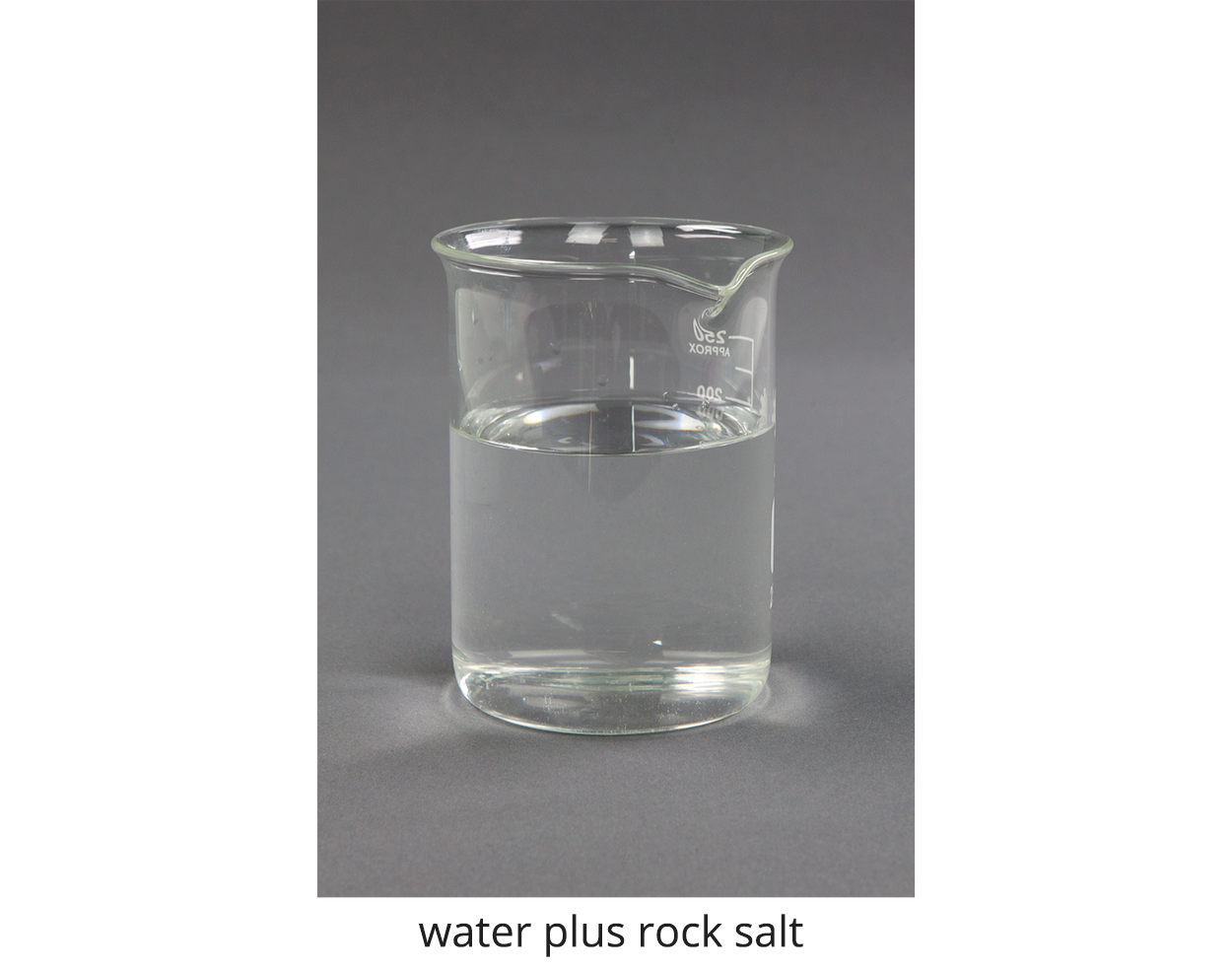Mixtures and their division
what is the difference between a simple substance and a complex one.
how the terms element and chemical compound are defined;
how to explain the difference between an element and a chemical compound;
what the symbols of chemical elements mean and how to use them;
how to plan an experiment to obtain a chemical compound.
what is a mixture and how it differs from a chemical compound;
definitions of such terms as: mixture, homogeneous mixture, heterogenous mixture; differentiate between homogeneous and heterogenous mixtures;
make simple mixtures;
plan and conduct experiment in accordance with the instructions;
analyse and draw conclusions from the conducted experiments.
What are mixtures and where to find them?
Before you watch the movie „Mixtures in the kitchen – lemonade”, formulate a research question and a hypothesis. Write down the observations and conclusions. During the screening pay attention to the properties of lemonade and what these depend on.
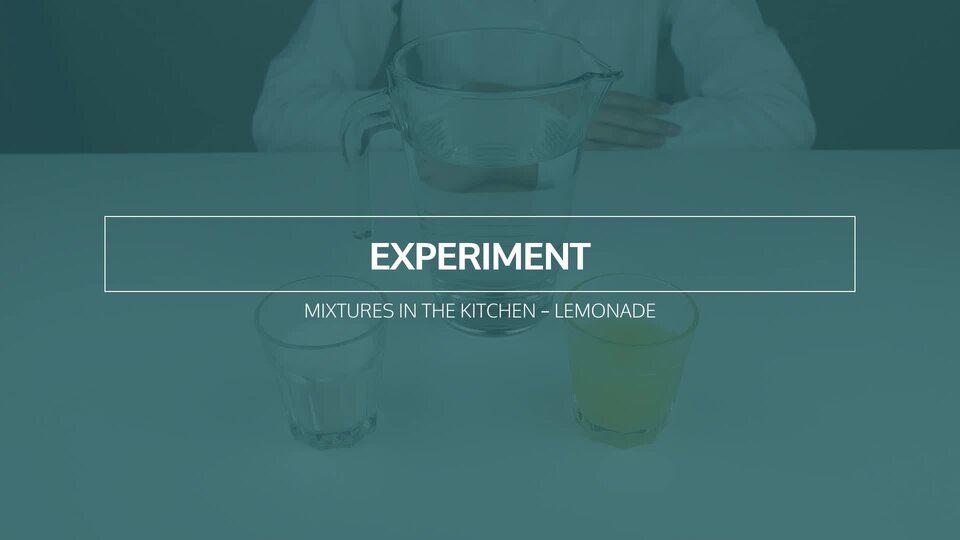
Film dostępny na portalu epodreczniki.pl
Nagranie filmowe przedstawia sporządzanie mieszaniny lemoniady w kuchni. Do przeprowadzenia eksperymentu potrzebny będzie dzbanek wody, szklanka cukru, Szklanka soku z cytryny. Do dzbanka z wodą wsypujemy szklankę cukru następnie wlewamy szklankę soku i mieszamy roztwór. Cukier ulega rozpuszczeniu. Otrzymaliśmy lemoniadę.
Consider what lemonade is and how it can be prepared and answer.
Can lemonade be a chemical element? Recall the definition of an element.
Can lemonade be a chemical compound? Recall the definition of a chemical compound.
Will you also get lemonade by adding less water and more sugar?
Will you make lemonade by adding ingredients in a different order than in the description provided?
Perform the experiment yourself.
Look at the photos and determine whether all of the substances are soluble in water? What components of mixtures can you notice?
Do all substances dissolve in water?
Select one the presented hypotheses and then verify it.
All substances dissolve in water.
Some of the substances do not dissolve in water.
five beakers,
water,
chalk,
oil,
sand,
rock salt.
Pour water to four beakers - half of their volume.
Add to the beakers respectively: to the first – salt, to the second – chalk, – to the third – oil, to the fourth – sand.
In a fifth beaker, prepare a mixture of rock salt and sand.
Specify the appearance of individual mixtures.
In everyday life, we rarely encounter pure substances, but often – their mixturesmixtures. These are, for example, tea, milk, medicines, sodas, gasoline, parrafin, toothpaste, jelly, ketchup, air or metal alloys, e.g. bronze.
Mixture is at least two substances that can be mixed together (physical process) in any proportions.
Look at the interactive illustration and memorise what the substances indicated on it consist of. What kind of similar mixtures do you notice in your surroundings?
Types of mixtures
Components of some mixtures are not visible (saline solution in water), in others these are easily seen (sand with water). Given this criterion, mixtures can be divided into:
homogeneous mixtures where components cannot be distinguished by the naked eye or by simple optical devices, such as a magnifying glass;
heterogeneous mixtures, where components can be distinguished by the naked eye or by simple optical devices, e.g. magnifying glass.
Types of mixtures
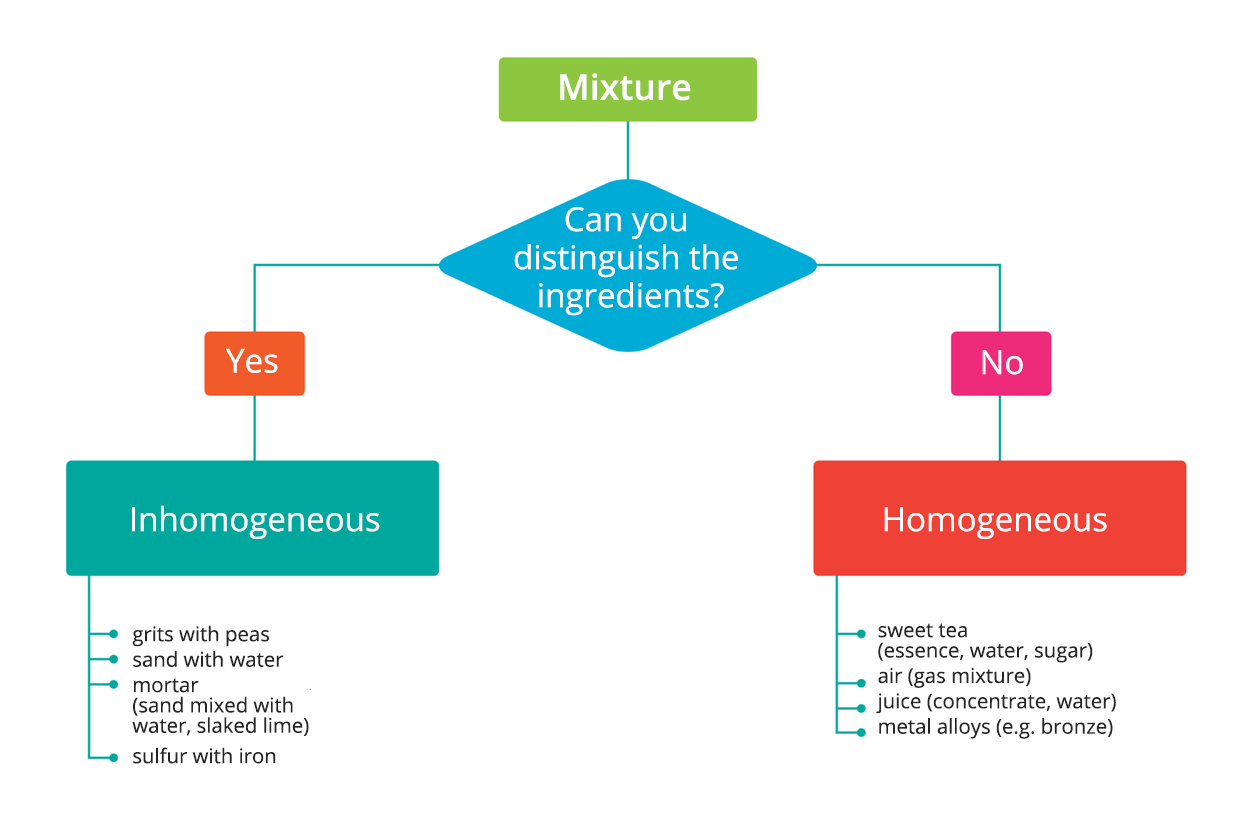
Division of mixtures
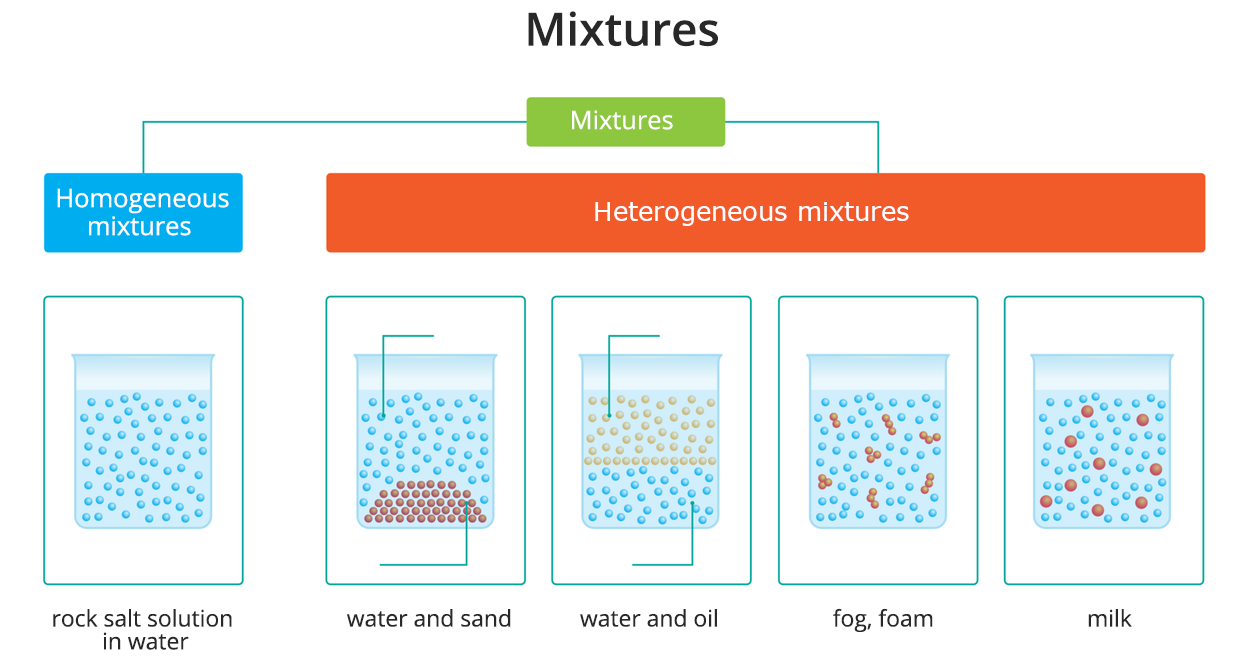
Assign the mixtures to their appropriate type.
peas with cabbage, air, flour with poppy seeds, tap water, sand, tea with a slice of lemon, steel, tea with lemon juice, dust in the air, milk
| Homogeneous mixture | |
|---|---|
| Heterogeneous mixture |
Create a multiple-choice test based on today's lesson. Then exchange your questions with a friend or classmate.
Question: ...
- ...
- ...
- ...
- ...
Summary
We meet different types of mixtures in vicinity.
All mixtures consist of at least two components mixed together in any proportions.
Mixtures such as water with chalk or smoke, the components of which can be distinguished with the naked eye, are called heterogeneous.
Mixtures such as sea water, air or metal alloys, the components of which cannot be distinguished even with magnification, are called homogeneous.
A white precipitate was formed on the wall of the glass with mineral water left for a few days. Is it possible to conclude that mineral water is a mixture? Justify your answer.
Key words
mixture, substance, element, chemical compound, homogenous mixture, heterogenous mixture
Glossary
mieszanina – co najmniej dwie substancje zmieszane ze sobą w dowolnych proporcjach
